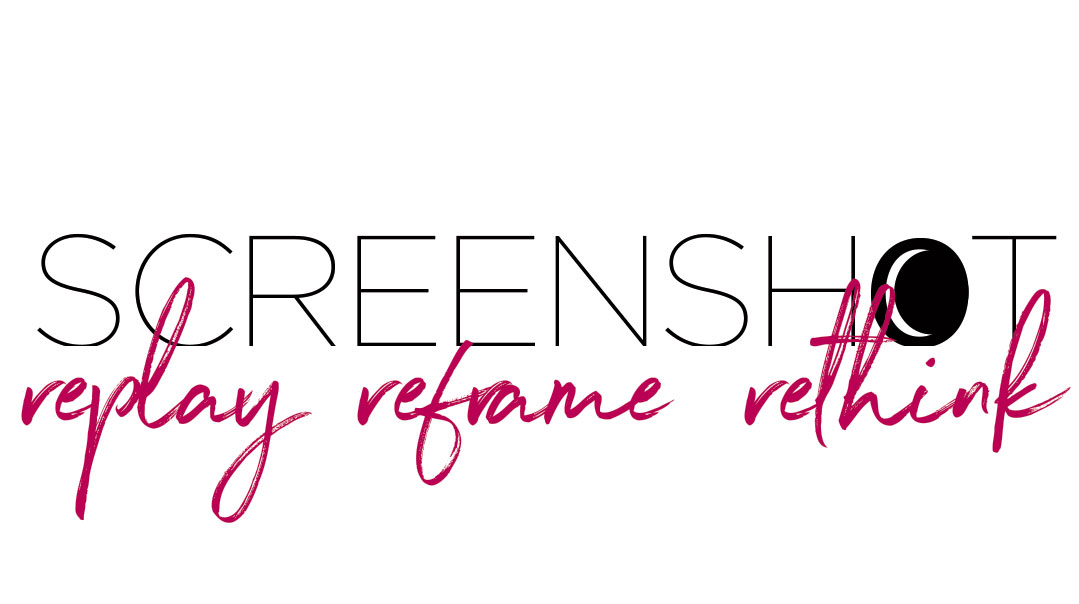Open and Closed

The system sounds neat on paper. But it gets messy in real life

Putting out a weekly magazine involves lots of balancing acts. One of the toughest is balancing between people and product. And one of the times we feel that most keenly is during the last hours of our closing days.
Toward the end of a closing day, when our editors and proofreaders have signed off on every file and the magazine is just about ready for print, our graphic designers close each page for print and save all those individual pages in a designated folder. That’s when we start the last stage of the production process: checking the closed files.
Our production team checks that the files have been set up according to the printers’ regulations, that no text has gotten lost or replaced by ads, that all the ads were placed properly, that the files match their grids, that all photo credits and bylines are in place.
Our editorial team goes through the closed files too, quickly skimming titles, bylines, teasers, captions. Sometimes we’ll catch a missing quotation mark or a spelling mistake. One editor has a sharp eye and will notice an occasional block of text in the wrong shade of black (yes, there are different types of blacks). Or a column that hasn’t been justified properly, or a wrong font.
There are always mistakes we don’t catch. Humans are imperfect by design, Hashem is in charge, and even the sharpest eyes sometimes miss things. (We just hope that if mistakes do go to print, they’re spelling and grammar errors, not the types of errors that hurt people or damage reputations.)
Once we’ve gone through all the files and compiled a list of changes, the last graphic artist on duty will work with a proofreader to input them. Then the pages are resaved and finally uploaded to the printers.
The system sounds neat on paper. But it gets messy in real life.
Creative people’s juices start flowing when the clock is ticking. Even though the focus during these last hours should be narrowed to simple rights and wrongs, sometimes an editor will think of a much better title for a feature, or a great new concept for a visual. What to do?
Once I was reviewing closed files for a special edition when I realized that the design used for the inside pages of a feature didn’t fully showcase the special format the writer had used. A different style would bring the format to life — but it would mean a lot more work for the designer. What to do?
Last week an editor asked for a last-minute change of an opening spread. He felt that the title and visual that our team had designed misrepresented his piece. The clock was ticking and we were just about ready to finish up for the day. What to do?
Essentially, the question is: How do you juggle the quality of the product with the quality of life of the people creating it? Everyone who works here is incredibly dedicated and invests so much in their work. Everyone wants the magazine to shine. But when it’s 9 p.m. on a closing day, and a newly married graphic designer is waiting for the all-clear so she can go home -- or it’s 7 p.m. on Chanukah evening and a family’s waiting for their father to come light the menorah… what do you do? Do you work on that better version — or do you put your people first?
More than once, it’s happened that a gadol was niftar shortly before a closing day, or a major tragedy occurred close to press time. In those cases, no one has any questions or quibbles. Everyone makes arrangements for their families and prepares for a long, hard haul. We know it’s our job to produce coverage that’s as fitting and respectful as possible.
But on a standard week, with a standard piece, how do you juggle between that desire for excellence and the compassion for the real human beings on staff?
Back when we were working on that special edition, I sat down with the production and design teams and explained how the writer had invested in a different format that would be so much more appreciated with a different design. They checked the clock, estimated the time needed, and graciously acquiesced to redo the piece.
Last week, when the writer asked for a new opening, we changed the title (which meant we reclosed the opening page, any inside pages that included a header on top, and the index listing too). But I couldn’t justify redoing the visual — it was Chanukah, it was growing late, and I wanted our staff to be happy to show up again for another closing.
Next week will bring new dilemmas. It’s probably easier to make these decisions if your sole consideration is product above all. But if you value your team, if you respect the people you work with, the calculation is always more complex. And we wouldn’t have it any other way.
(Originally featured in Mishpacha, Issue 889)
Oops! We could not locate your form.



